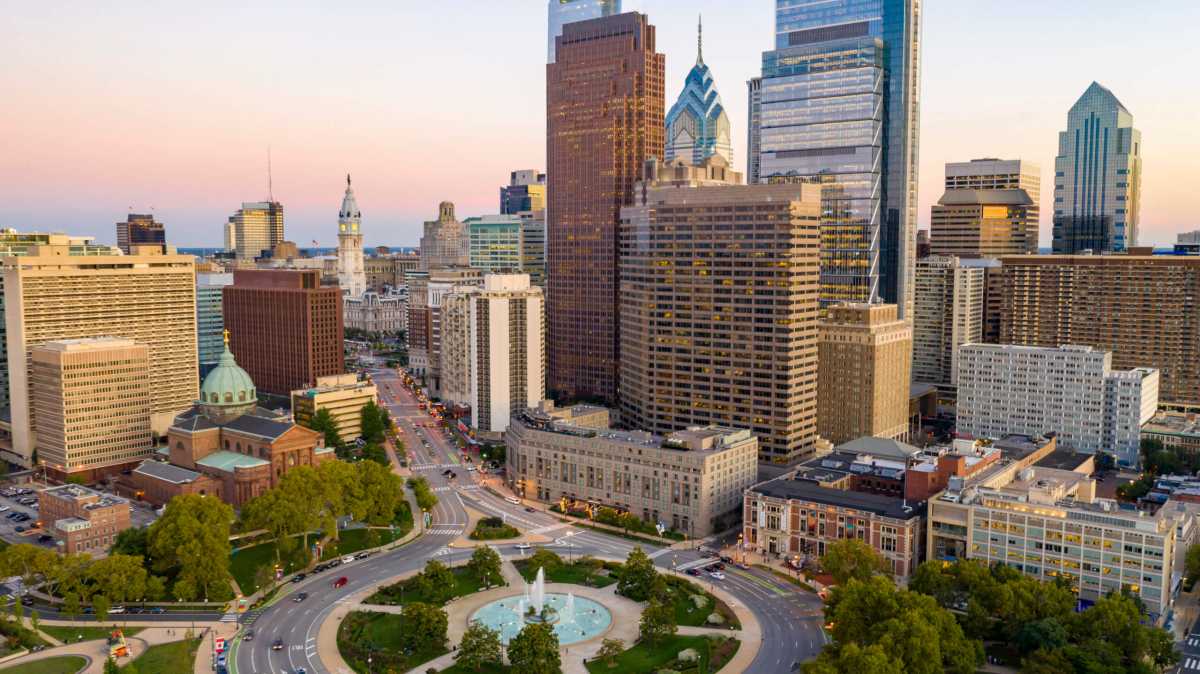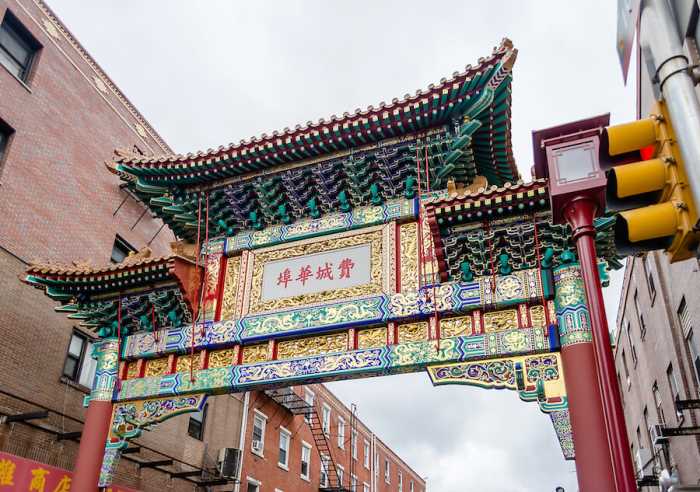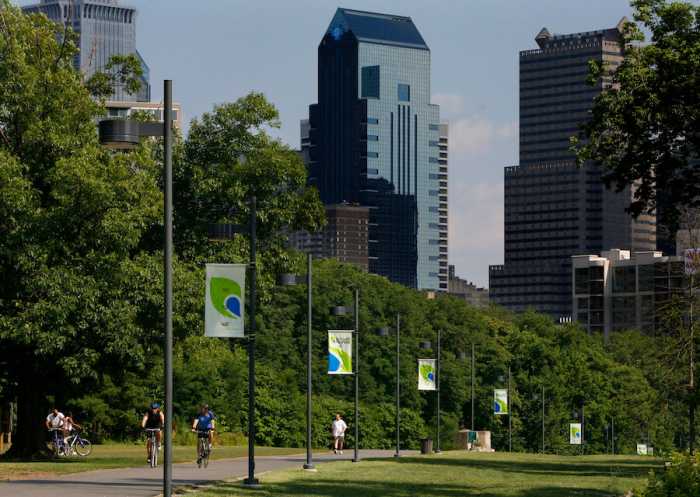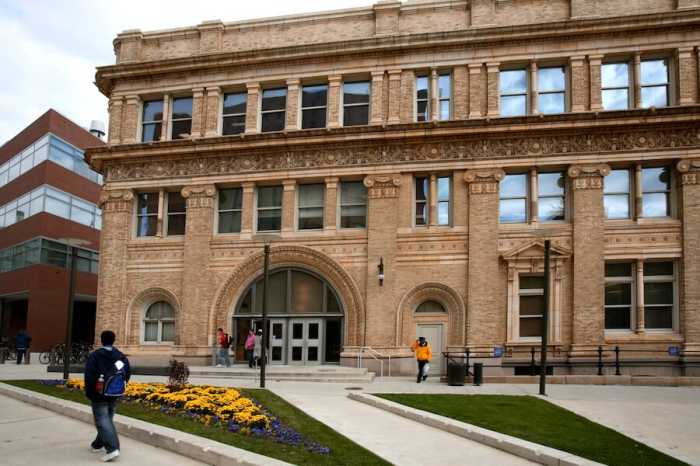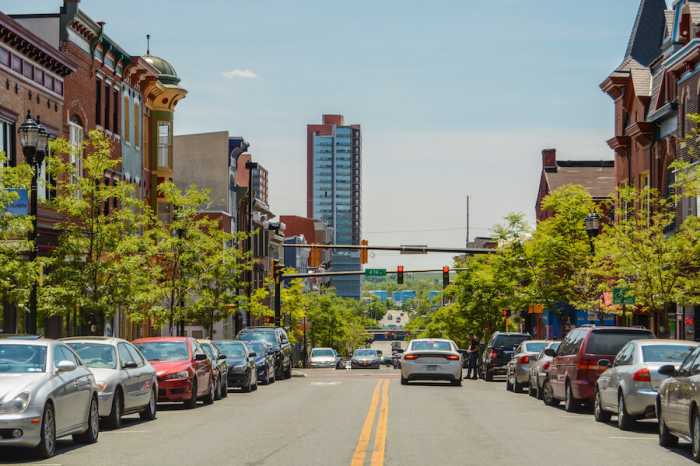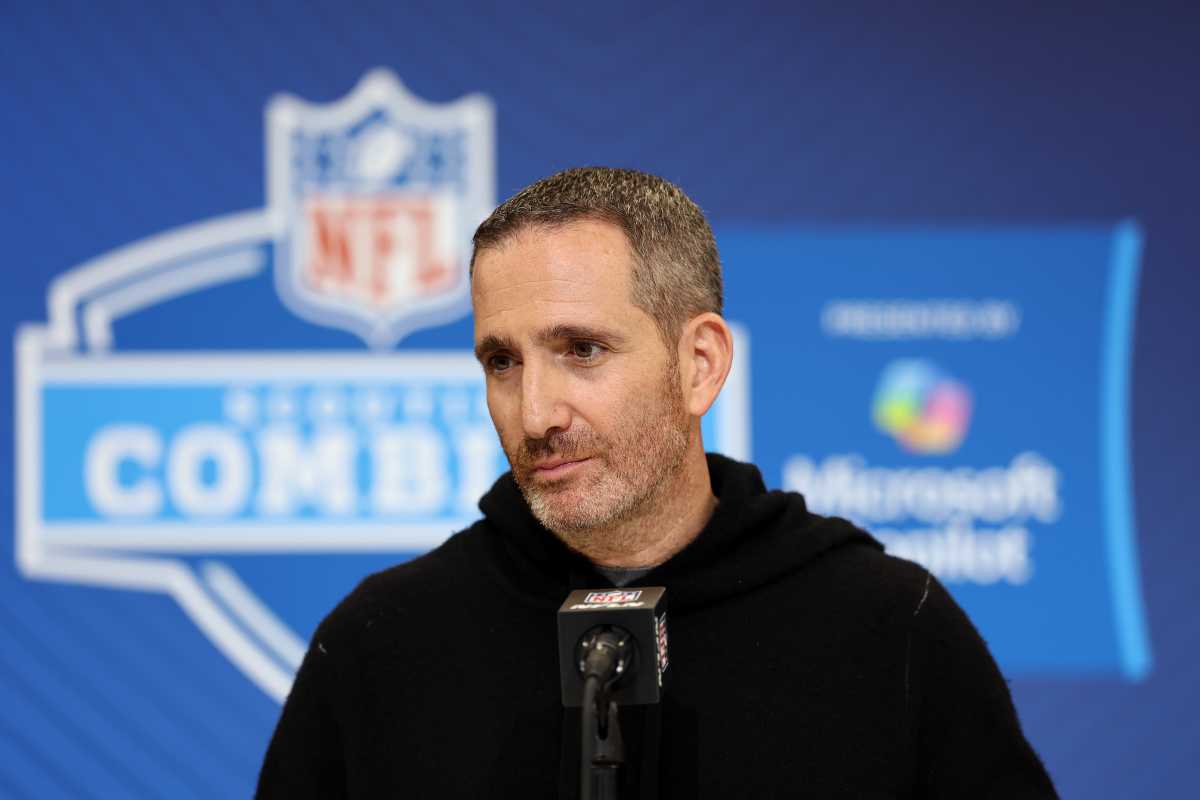Philadelphia’s economy is slowly rebounding after it appeared to bottom out in March and April, at the start of the novel coronavirus pandemic, according to a new report from the Center City District.
However, worsening COVID-19 infection rates, along with the possibility of new virus-related limitations, raise questions about whether the recovery will continue into the winter months.
The city’s unemployment rate, which peaked at around 18% in June, dropped to 11.7% in September, lower than New York City’s rate, the CCD study found.
Other nearby cities, including Washington, D.C., and Baltimore, have fared a bit better though, with their unemployment figures at 8.8% and 9.1%, respectively.
The number of Philadelphia residents receiving unemployment benefits has also declined significantly, from more than 100,000 over the summer to about 64,000 in September, according to the report.
About 47,000 jobs returned to the city between April and September, though that’s still 7.2% below pre-pandemic employment.
However, the report says, other cities have wider margins. New York’s job totals are 12.3% below where they were, and Baltimore is down 10%.
In Philadelphia, the economic sector hit hardest by the virus continues to be leisure and hospitality, particularly accommodations and food services, according to the study, where more than 22,000 jobs have disappeared.
The industry could be further impacted by additional COVID-19-related restrictions, which are expected to be announced Monday. Those measures will likely include a ban on indoor dining, according to WHYY.
Health Commissioner Thomas Farley has said in recent weeks that it appears an increasing number of cases are related to indoor dining and people returning to offices.
On Saturday, Pennsylvania registered 5,551 new coronavirus infections, a single-day record. City and state authorities don’t release virus numbers on Sundays.
Farley and state Health Secretary Rachel Levine have indicated they would take a more tailored approach to limiting business activity, rather than implementing the kind of widespread shutdown that went into effect in March.
Some, worried about the city’s core, had hoped major employers would be bringing some workers back to the office.
The Central Philadelphia Development Corporation surveyed 38 large firms in October, and nearly 40% said they had yet to bring anyone back to their desks.
Another 37% reported that they had brought back about 10% of their pre-pandemic workforce. Fewer, around 16%, said more than 50% of employees are currently commuting into work.
CCD operates pedestrian counters in Center City, and, in the West Market office district, the number of pedestrians was down 70% in October compared to last year, the study said.
Vacancies in office buildings have also been increasing, according to the CCD report, with an additional 350,000 square feet empty.
Across the country, there’s been a thought that many companies will abandon their downtown offices to enable employees to continue working from home even after the virus is under control.
In the CPDC survey, 13% of firms expected to have most of their workers back in the office by January; 42% anticipate bringing back a majority in the spring; and 18% responded that they will likely wait until the summer.
SEPTA ridership, the study noted, remains low, and it dropped 15% from August to September. Traffic remains highest on buses and lowest on Regional Rail.
Downtown parking saw significant increases from May until October, when volumes fell slightly, according to the report.



